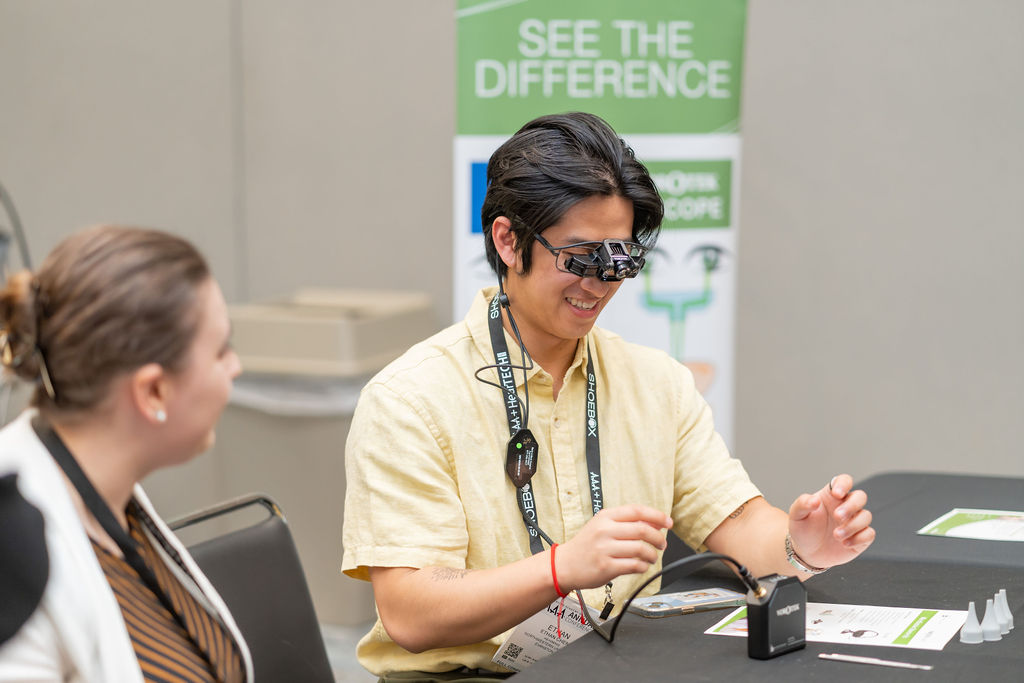Subjective tinnitus can be defined as the conscious perception of a sound without a corresponding external acoustic stimulus. Its exact pathophysiology remains unclear, but it affects more than 50 million people in the United States (Baguley et al., 2013). It is associated with various conditions and diseases, both otological and non-otological, but exact etiology often cannot be identified.
Haji and colleagues (2022) completed a cross-sectional study assessing the prevalence of self-reported noise-induced tinnitus. The authors surveyed 119 young adults aged 15–25 years. Participants with a history of noise exposure, regardless of the cause and duration, were included. Patients with abnormal hearing, previous diagnoses of hearing loss, vertigo, Meniere’s disease, or a positive history of ototoxic drug intake were excluded. All participants had hearing evaluations, and normal hearing was defined as thresholds of 25 dB HL or better in both ears across frequencies. Once normal hearing was established, subjects were invited to complete an online survey which was distributed February–April 2022. Questions included presence/absence of tinnitus, onset, causes (if known), and quality of tinnitus (continuous or intermittent). Subjects were then asked to complete the Tinnitus Functional Index (TFI) (Mahafza et al., 2021).
Results revealed 22.7 percent developed tinnitus after exposure to loud noise, 32.8 percent had tinnitus of unknown cause, and 44.5 percent had no tinnitus. The continuity of the tinnitus was significantly lower in the noise-induced tinnitus group (14.8 percent) compared to the other tinnitus group (38.5 percent; (p=.037).
The authors conclude that in young adults, there is a high prevalence of tinnitus, most with the risk factor of continuous exposure to loud noises. Prior studies involving young adults and adolescents have informed us that noise-induced hearing loss is on the rise in these populations, and often, tinnitus is a comorbidity. Haji and colleagues summarize what we as audiologists already know: young adults require proper education about the causes of tinnitus and other hearing abnormalities. More importantly, they need to be educated regarding methods to protect and maintain their ear health.
References
Baguley D, McFerran D, Hall D. (2013) Tinnitus. Lancet 382(9904):1600-1607.
Haji AK, Qashar A, Alqahtani SH, et al. (2022) Prevalence of noise-induced tinnitus in adults aged 15 to 25 years: A cross-sectional study. Cureus 14(11): e32081.
Mahafza N, Zhao F, El Refaie A, Chen F. (2021) A comparison of the severity of tinnitus in patients with and without hearing loss using the tinnitus functional index (TFI). Int J Audiol 60:220-6.
Recent Posts
Turn Insight Into Action! Attend Learning Labs at AAA 2026
Ready to take your professional development to the next level? At AAA 2026, Learning Labs are your chance to go beyond lectures and dive into…
Your Support Makes the Difference—Let’s Finish the Year Strong
As we wrap up the year, I want to thank you for your generosity supporting the AAA Foundation’s work. The enclosed report highlights what you…
Audiology Faces New Challenges Under Draft Federal Loan Rule: What Comes Next
Member Action Needed Soon! The U.S. Department of Education’s Advisory Committee has reached consensus on proposed regulations implementing the higher education provisions of the One…


